$79.97 Original price was: $79.97.$55.98Current price is: $55.98.
SKU: D2LSC 8558726295 Category: FRAGRANT PLANTS
- Free Shipping Worldwide
- Multiple payment options for secure shopping with SSL
- The best quality products, always.
- Multiple payment methods, safe and reliable

Bambina Dwarf Pineapple Guava
Feijoa sellowiana ‘Tharfiona’ BAMBINA | Synonym: Acca sellowiana ‘Tharfiona’
NOTE: As with all of our other plants and trees, all of our fruit plants are grown in containers outdoors so they are fully rooted and landscape-ready upon arrival.
Plant Details
USDA Plant Hardiness Zones: 8b–11 (8a with protection?) Find Your Zone
Plant Type: Evergreen Flowering and Fruiting Shrub
Height at Maturity: 3-5′, depending on pruning
Width at Maturity: 3-5′, depending on pruning
Spacing: 3-4′ for solid hedges; 8′ for space between plants
Growth Habit / Form: Rounded Shrub
Growth Rate: Moderate
Flower Color: Tricolor White, Fuschia-Pink, Red – Edible
Flower Size: 1.5-2″
Flowering Period: Late Spring to Early Summer
Flower Type: Single
Fragrant Flowers: No
Foliage Color: Medium Green
Fragrant Foliage: No however, fruit is fragrant!
Fruit: Yes – edible, tropical flavor somewhere between a strawberry and a pineapple
Fruit Color: Blue-Green, Creamy White flesh – Ripens in Late Fall
Sun Needs: Full Sun or Mostly Sun, Morning Shade with Afternoon Sun
Water Needs: Average, low when established
Soil Type: Clay (Amend heavy clay to ensure good drainage), Loam, Sandy, Silty
Soil Moisture / Drainage: Moist But Well Drained
Soil pH: 4.5 – 7.5 (Moderately Acid to Slightly Alkaline)
Maintenance / Care: Low
Attracts: Visual Attention
Resistances: Deer – more info, Disease, Drought (when established), Heat, Humidity
Description
Always wanted Pineapple Guava but didn’t have the space?…meet ‘Bambina’ a dwarf selection which might reach 4 to 5 feet tall and wide when all grown up, making it a perfect fit for smaller garden spaces and containers. It is adored for its exotic looking flowers and tasty fruits, both of which are edible and delicious. The tricolor, 1 to 1.5 inch diameter white, pink and red flowers are sugar-sweet, but don’t eat too many or you won’t have any fruit! The wonderfully fragrant, egg-shaped, kiwi-sized blue-green fruits are creamy white on the inside with a flavor that can only be described as somewhere between a strawberry and pineapple, hence the common name. The fruits are ready for harvest in late fall, when fruit is often scarce in the garden. The dense shrub has a rounded form with new leaves emerging a lighter gray aging to gray-green. Everything about this shrub says tropical, but it is cold hardy in the ground as far north as USDA Zone 8b, and can be grown in containers that can be moved to interior space during winter in zones north of 8b. That said, planting it close to the wall of a heated home or other structure can enhance hardiness. Make sure to plant Pineapple Guava where you can enjoy the flowers and fragrant fruit from up close.
Please Note: Though self-fruitful, no Pineapple Guava varieties are entirely self-fertile. The percentage varies per type, weather, cross-pollination, bird and bee activity, etc. Planting two varieties is suggested for best fruit production. Click on the link below to find an article that provides helpful tips for increasing fruit production on Pineapple Guava.
How To make A Pineapple Guava Produce More Fruit
NOTE: As with all of our other plants and trees, all of our fruit plants are grown in containers outdoors so they are fully rooted and landscape-ready upon arrival.
Landscape & Garden Uses
Growing in an upright rounded form 4 to 5 feet tall and equally as wide, the Bambina Pineapple Guava is ideal for use as a specimen shrub or in groupings or as a natural or clipped hedge in sunny landscape borders or home foundation plantings. A fine addition to edible landscapes, tropical gardens, wildlife gardens, and cottage gardens.
Note: For our customers who live and garden north of USDA Plant Hardiness Zone 8b, where Bambina Pineapple Guava is not reliably winter hardy outdoors, you’ll be happy to know it can be grown in containers that can be brought indoors during winter and placed back outside when temperatures warm up in spring.
Spacing: 3 to 4 feet apart for solid hedge; 8 feet apart for space between plants
Growing Preferences
Bambina Pineapple Guava is easy to grow in a moist but well drained soil with plenty of organic matter and full sun or part shade. It adapts to both acid or alkaline soil conditions so pH isn’t usually a concern. Condition heavy clay soils with bagged top soil or mini pine bark to ensure good drainage. It can be pruned for shaping purposes in early spring or after harvesting the fruit. Pineapple Guava flowers are produced on new growth (new shoots), so pruning in early spring will not prevent flowering and fruiting later in the season. Avoid winter pruning. Once established, Pineapple Guava is quite drought tolerant.
Note: Click on the Planting & Care tab to find helpful advice from our experts.
Plant Long & Prosper!
Meet The Wilson Brothers & Staff
Questions? Contact Us
Be the first to review “Bambina Dwarf Pineapple Guava (Feijoa Sellowiana ‘ Tharfiona’) – 3 Gallon Pot” Cancel reply
Related products
New
FRAGRANT PLANTS
New
FRAGRANT PLANTS
New
New
FRAGRANT PLANTS
New
FRAGRANT PLANTS
New
FRAGRANT PLANTS
New
FRAGRANT PLANTS
New


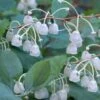





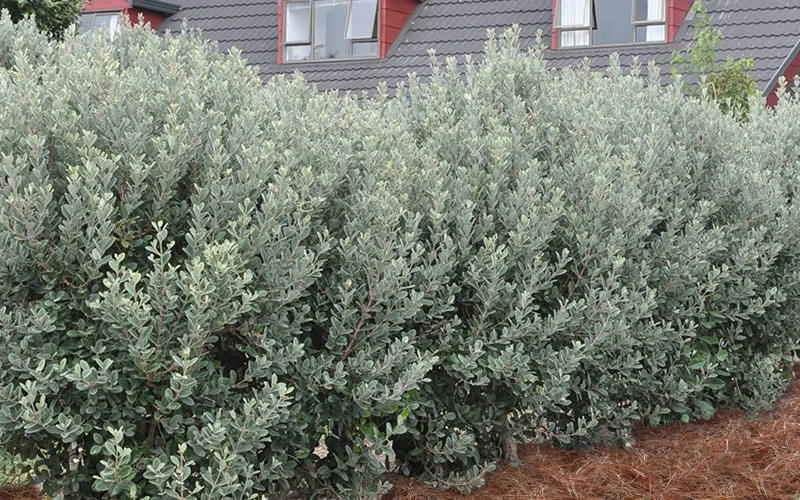
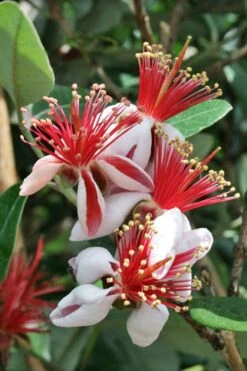


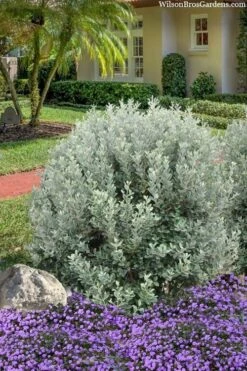

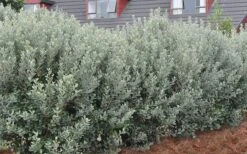

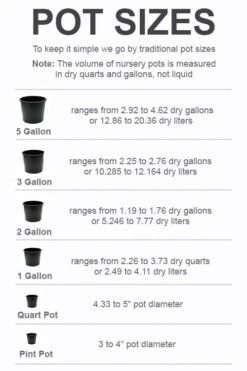

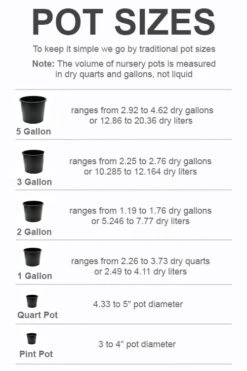

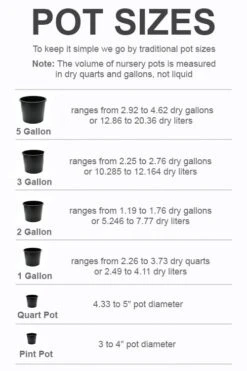

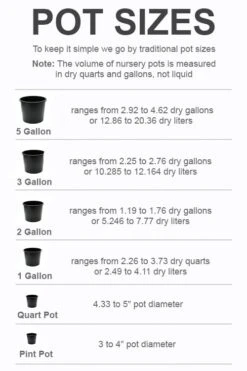

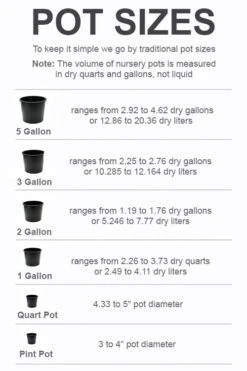
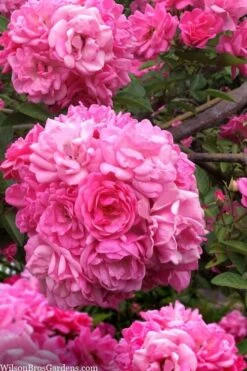
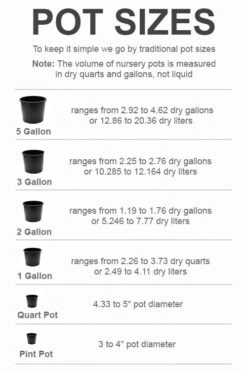
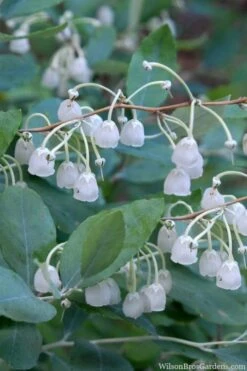
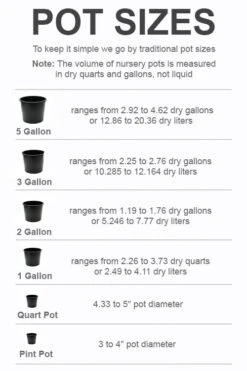

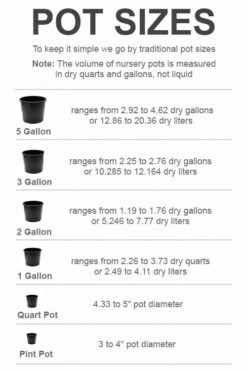
Reviews
There are no reviews yet.